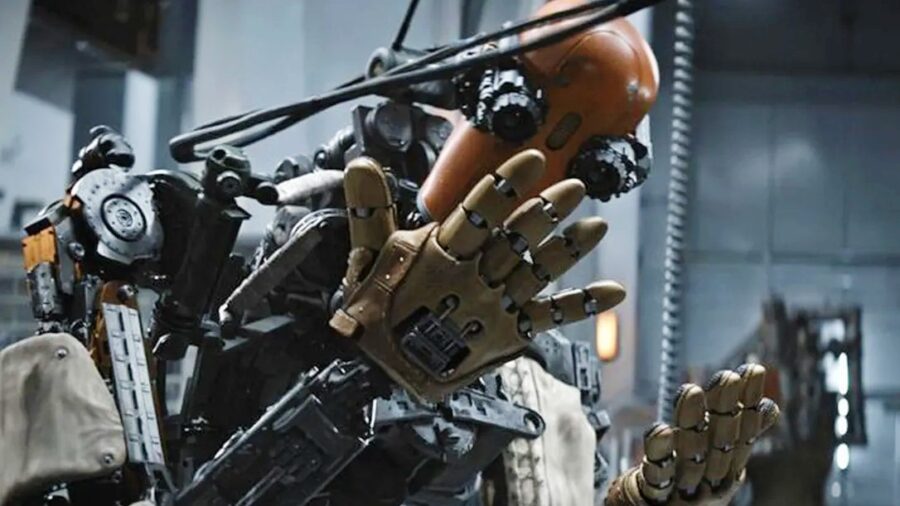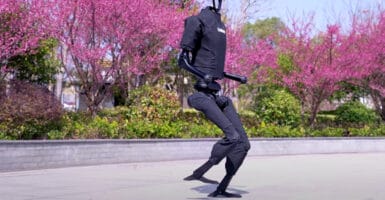Robots Are Being Programmed With The Most Disgusting Human Trait
In order to study the impact of heat on people, sweating robots are being developed.

The boundary between science fiction and reality continues to blur as films like M3GAN and Terminator, showcasing cutting-edge robotics, become more plausible. According to AZ Central, Thermetics has developed a heat-sensitive “thermal manikin” named ANDI, which has the remarkable ability to perspire and cool itself off in hot weather conditions. In other words, we now have sweating robots walking among us.
While the thought of robots capable of emulating human perspiration may seem disgusting, these sweating robots do fulfill a significant purpose. Through the use of these sophisticated manikins that can walk, breathe, and sweat, researchers aim to identify methods to ensure human safety in high-temperature environments. These robots are engineered to identify the specific conditions and activities during high-temperature periods that could be life-threatening for people with diverse physical characteristics or health conditions, especially in densely urbanized, concrete-dominated cities.
ANDI was designed exclusively for Arizona State University and funded by the National Science Foundation’s Leading Engineering for America’s Prosperity, Health, and Infrastructure program. While other manikins are utilized in various settings, such as performance athletic clothing companies assessing the impact of garments on the human body, the unique aspect of this particular manikin lies in its internal cooling system, enabling its outdoor usage rather than being limited to controlled heat laboratory environments. This pioneering feature distinguishes it as the first of its kind, particularly among the realm of sweating robots.

Dr. Konrad Rykaczewski, the principal investigator for the ASU research project, highlighted that while significant progress has been made in addressing extreme heat, there are still gaps that need to be filled. Their objective is to use sweating robots like ANDI to comprehend the impact of heat on the human body, allowing for the quantitative design of solutions to effectively mitigate its effects. ANDI possesses the ability to replicate the thermal functions of the human body thanks to its 35 distinct surface areas that are meticulously controlled by temperature sensors, heat flux sensors, and perspiration-inducing pores.
Jenni Vanos, an associate professor in the School of Sustainability, expressed the impracticality of subjecting humans to dangerous extreme heat conditions for testing. Nonetheless, the occurrence of heat-related fatalities in the Valley without comprehensive understanding prompts the use of sweating robots like ANDI as a valuable research tool. In an upcoming collaboration, ANDI and MaRTy, ASU’s biometeorological heat robot, will work together to deepen the researchers’ understanding of human sweating mechanisms and refine their knowledge in this area.
Ariane Middel, assistant professor in the School of Arts, Media, and Engineering, emphasized that while MaRTy can assess how the physical environment alters the heat exposure to the body, it lacks insights into internal bodily processes.
By complementing MaRTy’s environmental measurements, ANDI can provide a deeper understanding of physiological responses. Ankit Joshi, an ASU research scientist leading the modeling work and operating ANDI, further explained how the flexibility of ANDI allows for the incorporation of various body mass index (BMI) models, age characteristics, and medical conditions, enabling customized simulations that account for individual thermal regulation variations, such as those observed in individuals with diabetes compared to healthy individuals.












